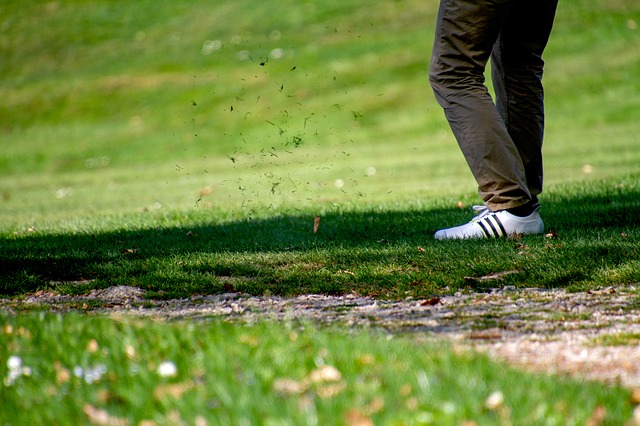There are superintendents who say they dread the first full week of April each year because they know their members are glued to their televisions watching the Masters and wondering why their course isn’t also perfect.
If they needed someone to blame for the condition known as Masters envy, they could look no further than Jim James, the senior director for club and hospitality operations at the Augusta National Golf Club. If they did, they would see someone whose commitment to excellence goes far beyond flora and course conditions.
“We simply try every single day to be the absolute best we can at everything thing we do,” says James, who has been on the job at Augusta National since 1995. “We look at every single day as an opportunity to improve. When we find we are not the best, we are relentless and incredibly focused to make sure that we improve.”
Of course, there also are those superintendents who watch the tournament and find inspiration and challenge amidst the azaleas, dogwoods and meticulously groomed grounds.
It is the attention to detail that inspires Jon Jennings, the superintendent at Shinnecock Hills Golf Club, host of last year’s U.S. Open. “My takeaway each visit is that no matter how inconsequential a detail, they are extremely important for the overall success of the Masters,” he says. “Upon returning home, I try to instill that level of quality with our staff and have them visualize that everything we do in course preparation is important in the grand scheme of things from a player-experience perspective.”
The Masters provides professionals with instructive and insightful examples that guide innovation, brand management and continuous improvement.
Keith Wood, director of greens and grounds at the Quail Hollow Club in Charlotte N.C., is no stranger to big-time golf, having hosted the 2017 PGA Championship. But he recognizes something special when he sees it.
“I learned early on that if there was a week or two to have my greens as good as they could be, I needed to peak around the Masters,” Wood says. “There is nothing better than getting compliments on how your course is playing while everyone is buzzing from the excitement of a great Masters tournament.”
Wood, who is preparing Quail Hollow for the 2021 President’s Cup, says the Masters’ grounds and agronomy team set the bar for tournament golf each season. “I am in awe of the horticulture and the health and beauty of the landscaping they do,” he says. “All shrubs and trees on the property are perfectly placed and maintained. They do a wonderful job of embracing the heritage of being a plant nursery and then take it to the next level with world-class horticulture skills.”
Carlos Arraya, director of grounds and agronomy at historic Bellerive Country Club near St. Louis, finds motivation in the history of the club that has played host to some of golf’s most memorable tournaments.
“The Masters inspires me to communicate and focus on Bellerive’s great traditions and championship history,” says Arraya, who prepared Bellerive for the 2018 PGA Championship. “Even though the Masters is one-of-a-kind, every course has its character and own story.”
The attention to detail and the steady progress on new solutions – from technology to labor deployment – serve as guidance for Arraya’s planning purposes. “The takeaway that resonates in my mind every year while watching the tournament is that a vision accompanied by a strategic plan can produce golfing excellence for the players and patrons,” he says.
While some may dread Masters week for the envy it produces, the great ones welcome golf’s first major as a learning experience. They know that even though they don’t have Augusta National’s budget or staff (more than 2,000 during tournament week), they can make their own commitment to excellence, looking at each day as an opportunity to improve.
This article was written and published by Golf Course Industry Magazine by GGA Partner Henry DeLozier.



